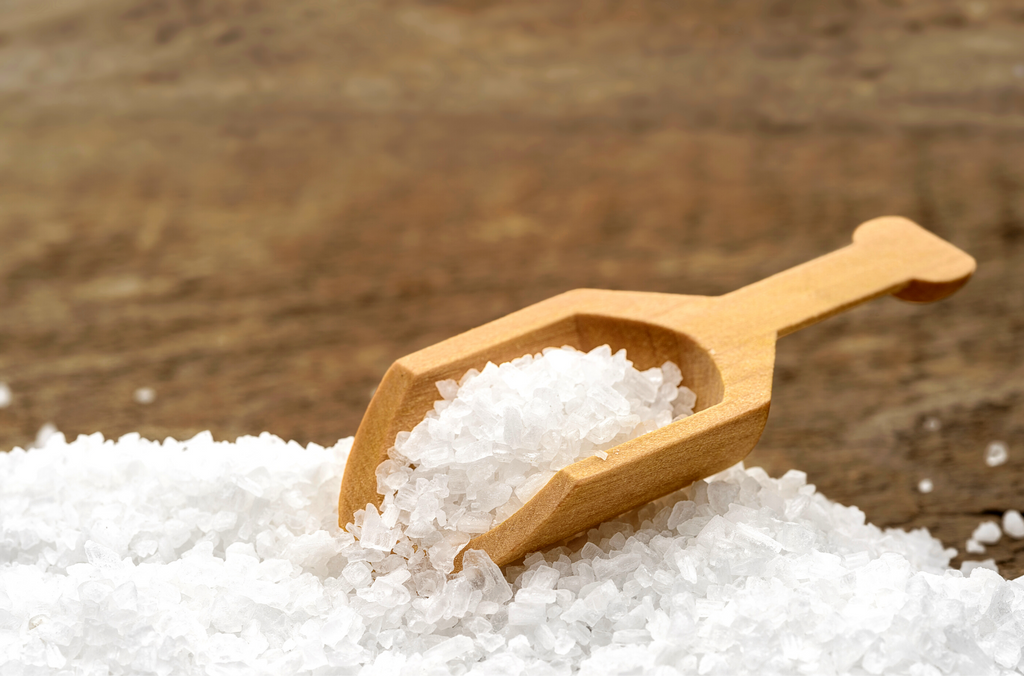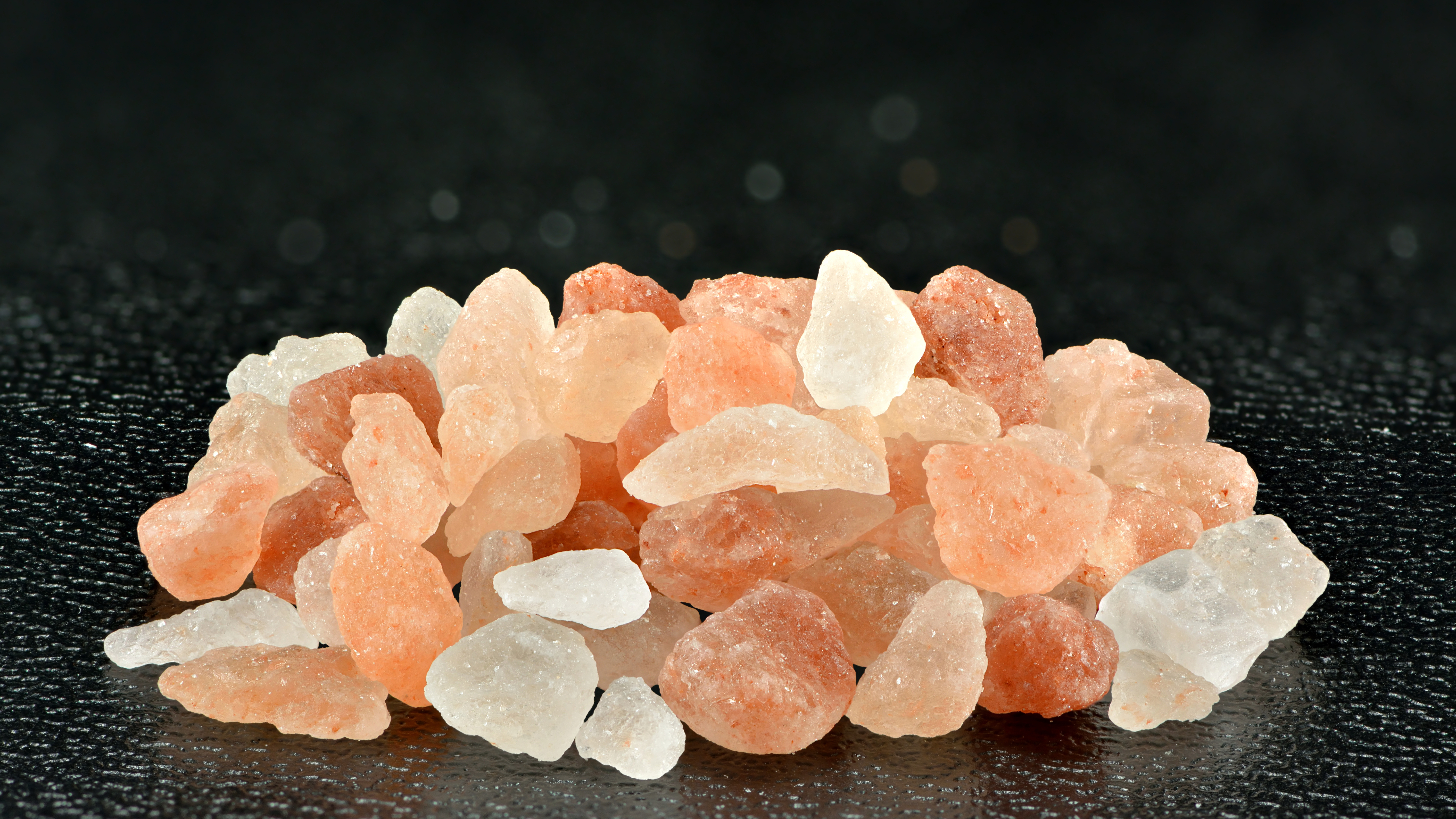Welcome to the savory universe of culinary delights, where the humble salt takes center stage. In this article, we will delve into the fascinating realm of salts, exploring eight different types that can elevate your cooking to new heights. From the classic table salt to exotic Himalayan pink salt, each variety adds its unique touch to dishes. So, let’s embark on this flavorful journey together.
1. Table Salt: The Kitchen Staple
:max_bytes(150000):strip_icc()/close-up-of-salt-shaker-spilled-on-table-953197320-5c3d4df6c9e77c0001eaf24f.jpg)
Kickstarting our list is the kitchen essential – table salt. Mined or produced through evaporation, it’s the most common seasoning worldwide. Its fine texture dissolves easily, ensuring an even distribution of flavor in your favorite recipes.
2. Sea Salt: A Taste of the Ocean

Harnessing the power of the sea, sea salt comes in various textures – coarse, fine, or flaky. The distinct taste arises from the minerals it contains, offering a subtle brininess that complements seafood and salads perfectly.
3. Kosher Salt: The Chef’s Choice
:max_bytes(150000):strip_icc()/GettyImages-1291435922-2000-210a8e28c67944d492b8eb8343705365.jpg)
With its large, coarse grains and additive-free nature, kosher salt is favored by chefs for its ability to draw out moisture from meat, making it a top pick for seasoning before cooking. Its clean taste and versatility make it a kitchen superstar.
4. Himalayan Pink Salt: A Natural Wonder

Hailing from the heart of the Himalayas, this pink-hued salt is rich in minerals, imparting a nuanced flavor to dishes. Its aesthetic appeal and health benefits make it a popular choice for both cooking and finishing touches.
5. Celtic Salt: The Seaside Elegance
:max_bytes(150000):strip_icc()/What-is-Celtic-Sea-Salt-12981cc6f09040b1906664e1b9b3ab93.jpg)
Derived from seawater along the coasts of France, Celtic salt retains its moisture and minerals. Its slightly gray color and moist texture make it a favorite for finishing dishes, enhancing the overall dining experience.
6. Fleur de Sel: The “Flower of Salt”

Harvested by hand from salt pans, fleur de sel is a delicate salt with a light, flaky texture. Often considered a gourmet choice, it adds a finishing touch to dishes, enhancing the natural flavors without overpowering them.
7. Smoked Salt: Infused with Complexity

For those who crave a smoky dimension in their dishes, smoked salt is the answer. Infused with aromatic wood smoke, it imparts a rich flavor to meats, vegetables, and even desserts.
8. Black Salt: Earthy and Sultry

Originating from volcanic regions, black salt boasts a distinctive sulfurous aroma. Widely used in Indian cuisine, it adds an earthy, savory note to various dishes, making it a must-have for those seeking unique flavors.
Conclusion:
As we conclude our exploration of these eight diverse salts, it’s evident that each type brings its own character to the table. From the simplicity of table salt to the exotic allure of Himalayan pink salt, experimenting with these varieties can transform your culinary creations. So, next time you reach for the salt shaker, consider the possibilities each type offers and embark on a culinary adventure.
Frequently Asked Questions (FAQs):
Q1: Is sea salt a healthier alternative to table salt?
A1: While sea salt contains trace minerals, the health benefits are minimal compared to the overall sodium intake. Moderation is key in any salt consumption.
Q2: Can I substitute one salt for another in recipes?
A2: Yes, but be mindful of the salt’s texture and intensity. Experimenting can lead to delightful discoveries, but start with smaller amounts to avoid over-seasoning.
Q3: What gives Himalayan pink salt its distinct color?
A3: The pink hue comes from the trace minerals, primarily iron, present in the salt. These minerals not only add color but also contribute to its unique flavor profile.
Q4: Is there a specific type of salt best suited for baking?
A4: Fine table salt or kosher salt is ideal for baking, as they distribute evenly and dissolve easily, ensuring a consistent taste throughout your baked goods.
